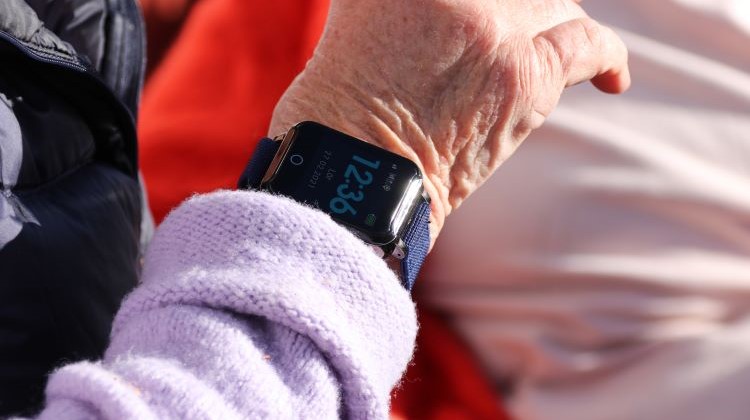The three stages of Alzheimer’s
Alzheimer’s disease develops in three main stages
Alzheimer’s disease is a progressive neurological disorder that gradually affects brain functions. The disease develops in three main stages: early, middle, and late stage. Each stage has its own characteristic symptoms and challenges. Here, we describe these stages and what defines them.
Early stage: mild Alzheimer’s
In the early stage of Alzheimer’s, symptoms are often mild and can easily be mistaken for age-related memory issues. Common signs include difficulties remembering recently learned information, keeping track of time, and finding the right words in conversations. The person may also struggle with planning or organizing daily tasks. Despite these problems, the individual can usually continue to live independently, although those close to them may notice that something is not quite right.
Middle stage: moderate Alzheimer’s
As Alzheimer’s progresses to the middle stage, symptoms become more pronounced and impact daily life to a greater extent. Memory loss worsens, and the person may forget important events or details from their own life. Difficulty performing everyday tasks, such as dressing or managing finances, becomes more noticeable. Confusion, disorientation, and behavioral changes are also common. During this stage, the person may need assistance with some activities to manage daily life.
Late stage: severe Alzheimer’s
In the late stage of Alzheimer’s, the disease has severely affected brain functions. The person may lose the ability to communicate, recognize loved ones, and manage basic needs such as eating or moving. Physical health issues, such as difficulty swallowing and increased risk of infections, are also common. At this stage, the person typically requires around-the-clock care. The disease ultimately leads to a gradual shutdown of the body’s vital functions.
Sensorem’s safety alarm has GPS positioning, medication reminders and automatic fall alarm
Sensorem’s personal alarm is an example of a technical aid specially developed for people with dementia. The personal alarm works outdoors and has built-in GPS positioning so that relatives can see the user’s position on a map in the Sensorem app. Relatives are automatically called by the personal alarm (two-way communication) if the user leaves a predetermined geographical area. The personal alarm also has medication reminders, which means that the watch emits a sound and tells the user that it is time to take their medication. The personal alarm can also alert automatically in the event of a fall with the built-in fall sensor.
READ ABOUT HOW SENSOREMS PERSONAL ALARM CAN HELP WITH DEMENTIA

